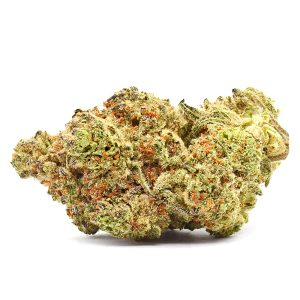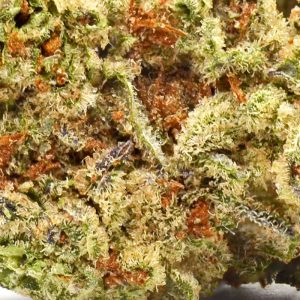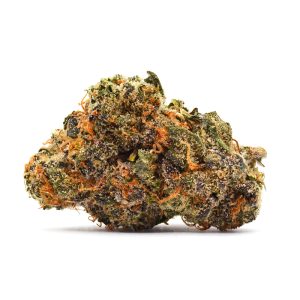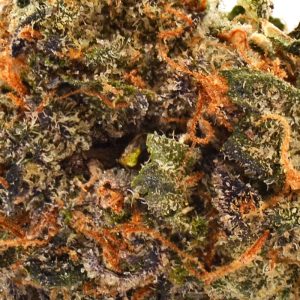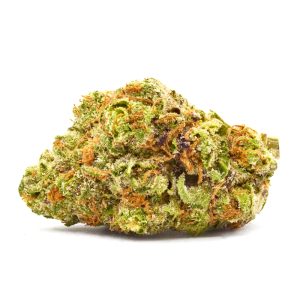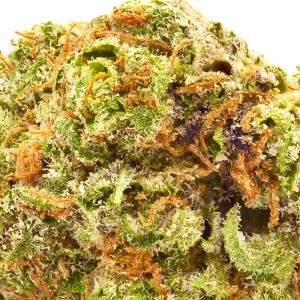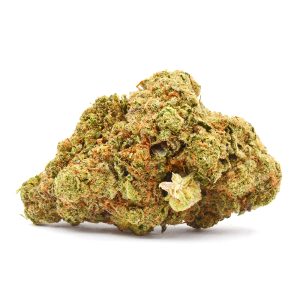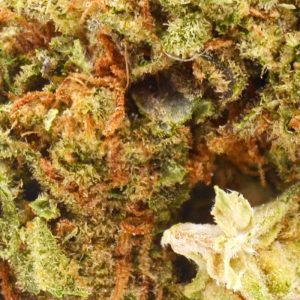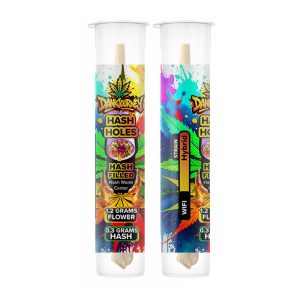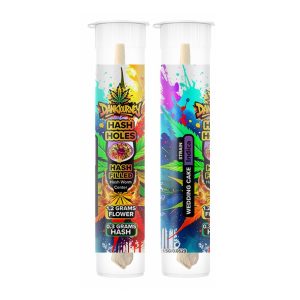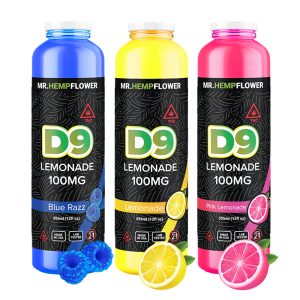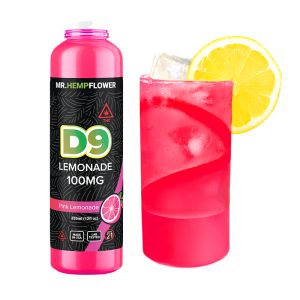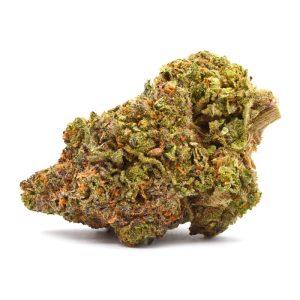CBG Effects on the Body — What Does It Feel Like?
Cannabigerol (CBG) is another non-intoxicating hemp cannabinoid that you can enjoy at any time of the day. But before you officially try it, you probably want to know how it makes you feel. This article will give you a sense of the potential benefits of this cannabinoid and offer an in-depth look into its effects on the mind and body.
What Does Cannabigerol (CBG) Feel Like?
The short answer is that CBG makes people feel incredible.
Users who take CBG in the morning feel completely clear-headed, energized, uplifted, and less negative throughout the day.
Those who take CBG in the afternoon experience a sense of happiness that you can experience after a day at the beach. From soaking depression-reducing sunlight to better sleep, the beach soothes and calms your mind. Apparently, that’s what an afternoon CBG boost does to users. If you have to do productive work or exercise, this cannabinoid will keep you more energized than CBD.
Users who take CBG before going to bed either feel more energized and have trouble sleeping or feel relaxed and can sleep better, so you need to experience it yourself. Some people mix this cannabinoid with CBD to help with sleep.
Unlike CBD and THC, users haven’t reported feeling lethargic or foggy when using CBG. Instead, they report calmness and a sense of mental presence that’s especially helpful for activities that require better focus and concentration.
Summed Up: CBG Effects
- Improved focus, useful for a situation that requires problem-solving
- Boost in energy
- Mental clarity and fewer negative thoughts
- Great for relaxation and maintaining a sense of calmness
- It may improve appetite
- It may help with gut issues and inflammation
Potential Benefits on the Body
With CBG, it’s more than just the uplifting, emotional feel. From anecdotal evidence to research studies, this cannabinoid offers a range of potential benefits.
CBG & The Gut
A 2013 animal study found that CBG could be beneficial for inflammatory bowel disease (IBD) [1]. The researchers created an inflammatory process in mice that’s similar to patients with IBD and, after applying the cannabinoid, discovered that CBG reduced the inflammation. As a result, the researchers recommend using this cannabinoid as an experimental treatment for patients with IBD.
Anecdotal evidence shows overwhelming support for CBG’s ability to soothe digestive issues. This includes anything from bloating to cramps and digestive upset. Users typically consume it after a meal and notice that it calms their gut and “can almost instantly soothe a bad flare.”
CBG & Pain
Studies show that CBG is a potent analgesic or pain-relieving agent — even more so than THC. This needs further investigation because although more potent, CBG doesn’t display the same maximum effectiveness in relieving pain as THC and likely exerts its effects through peripheral receptors [2].
Does CBG Have Any Side Effects?
A 2021 survey investigated the perceived medical effects and side effects in patients who used cannabigerol. The survey revealed that around 44% of the surveyed CBG-predominant cannabis users didn’t report adverse effects, and 84.3% reported no withdrawal symptoms.
The rest of the respondents reported some adverse effects, including [3]:
- Dry mouth (16.5%)
- Sleepiness (15%)
- Increased appetite (11.8%)
- Dry eyes (8.7%)
It’s clear that this cannabinoid causes minor side effects with both short-term and long-term use. The only thing that could make a difference in the severity of adverse effects is the consumption method. Consuming edibles or tinctures might keep the side effects at bay, but smoking and vaping could irritate the lungs over time.
How Much CBG to Take for Optimal Effects?
The short answer is: it depends on what you want to achieve.
The advice for dosing this cannabinoid goes like with any other: start low and increase the dose gradually. You want to feel safe when trying this cannabinoid for the first time, even if it won’t get you intoxicated.
The minimum CBG dose to start with as a beginner is 2.5 mg to 5 mg. If you have used other cannabinoids in the past, you can start with the 5 mg dose and see how it makes you feel.
A daily dose of 10 mg to 30 mg is typical for seasoned users. It makes them feel less tired, gives them an increase in energy, and a mental boost with enhanced clarity.
A dose of 25 to 50 mg will make you more focused without stress and brain fog, so it’s best used for work that requires a long period of concentration.
We don’t have any scientific evidence, but some users prefer CBG over CBD for ADD and ADHD. The dosing in people with ADD looks different because they have more trouble concentrating on a task, so it’s typically higher or over 100 mg throughout the entire day.
CBG is pretty potent, so taking over 50 mg of it causes a very relaxing feeling without mental intoxication. If you’re combining CBG with CBD and THC, start with a lower dose because these two cannabinoids are a potent duo.
Is it possible to take too much?
Yes, just like with any cannabinoid, it is possible to take too much CBG. Although you won’t get intoxicated, you might feel an overwhelming bodily feeling as if you’re flying through space.
Will CBG Get You High?
No, this cannabinoid is not psychoactive and won’t get you high.
CBG is similar to CBD because it doesn’t alter cognition or memory. Although you won’t notice a strong effect on cognition from this cannabinoid as you would by consuming THC, watch out for improvement in focus, concentration, and mental clarity.
Finding the right dose for you is significant when consuming this cannabinoid. Some users report that smaller doses energize them, but high doses cause stimulation similar to the one you get after drinking too much coffee.
What Is Cannabigerol (CBG)?
CBG is a hemp cannabinoid widely known as the mother of all cannabinoids. This is because the acidic form of CBG, cannabigerolic acid (CBGA), is the precursor of major cannabinoids, including CBG.
This compound introduces its effects in the body through the endocannabinoid system (ECS). The ECS comprises cannabinoid receptors CB1 and CB2 located in the central nervous and peripheral nervous systems, respectively.
Some research suggests that CBG binds both CB1 and CB2 receptors but is a competitive antagonist for CB1 [4]. This means that CBG binds to the CB1 receptors but doesn’t activate them. Instead, it prevents their activation by endocannabinoids like anandamide. This results in multiple benefits, including neuroprotection, anti-inflammation, and pain relief.
How Is CBG Made?
Unlike CBD and THC, CBG is found in the hemp plant in smaller quantities (up to 1%). This cannabinoid is present in both cannabis varieties, hemp and marijuana, but in the early stages of growth. The levels of CBG begin to drop by the time the plants are ready to harvest because the plant matures and is exposed to UV light, heat, and time. These factors kickstart the natural process of conversion of cannabinoids, called decarboxylation.
During the natural process of decarboxylation, the CBGA converts into CBG, which later in the growing process gets converted into THC, CBD, and CBC. As a rule of thumb, hemp plants convert CBG into CBD, while marijuana plants convert CBG into THC. Therefore, the levels of CBG drop, making CBG products expensive due to low abundance.
A solution to the low CBG content is harvesting young hemp plants and extracting the content using CO2 extraction or ethanol. Breeders can also create high CBG strains by using selective breeding and manipulate the enzymes involved in the conversion of cannabinoids.
Where to Buy CBG?
This cannabinoid is rare and expensive to make, so CBG products come at a higher price tag compared to CBD products.
One of the things you need to make sure of when buying cannabigerol (CBG) is that it comes from a quality manufacturer. Mr. Hemp Flower offers a Certificate of Analysis with each CBG product, so you can rest assured you’re getting what you’re paying for, aka real, quality cannabigerol products.
We offer some of the finest CBG hemp flower on the market, including pure, indoor-grown Silver Haze CBG hemp flower. You can also find this CBG strain spiced up with delta-8 THC. Our hemp flower is 100% legal in the United States and contains less than 0.3% delta-9 THC.
If you aren’t a smoker, consider our Full Spectrum CBG Gummies — “Super Drops.” Gummies take 45 minutes to kick in, but the effects last for 6 to 8 hours after consumption.
FAQs on CBG Effects
What is cannabigerol good for?
This cannabinoid has shown potential for stomach problems, inflammation, pain, nausea, and more.
What are the negative effects of CBG?
This cannabinoid doesn’t exhibit major adverse effects. Potential negative effects of CBG consumption include dry mouth, dry eyes, increased appetite, and sleepiness.
How long does it take for CBG oil to work?
When taken sublingually, CBG oil takes effect after 15 minutes and lasts for a couple of hours. CBG gummies or oil consumed orally take a while to kick in (from 45 minutes to an hour) but last from 6 to 8 hours.
Does CBG show up on a drug test?
No, CBG won’t show up on your drug test simply because drug tests aren’t designed to screen for this cannabinoid specifically. But, you can test positive if you consume a product with THC because that’s the cannabinoid drug tests search for.


